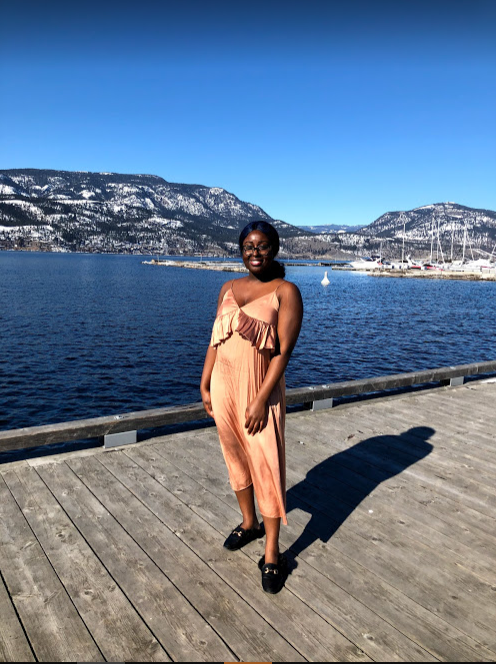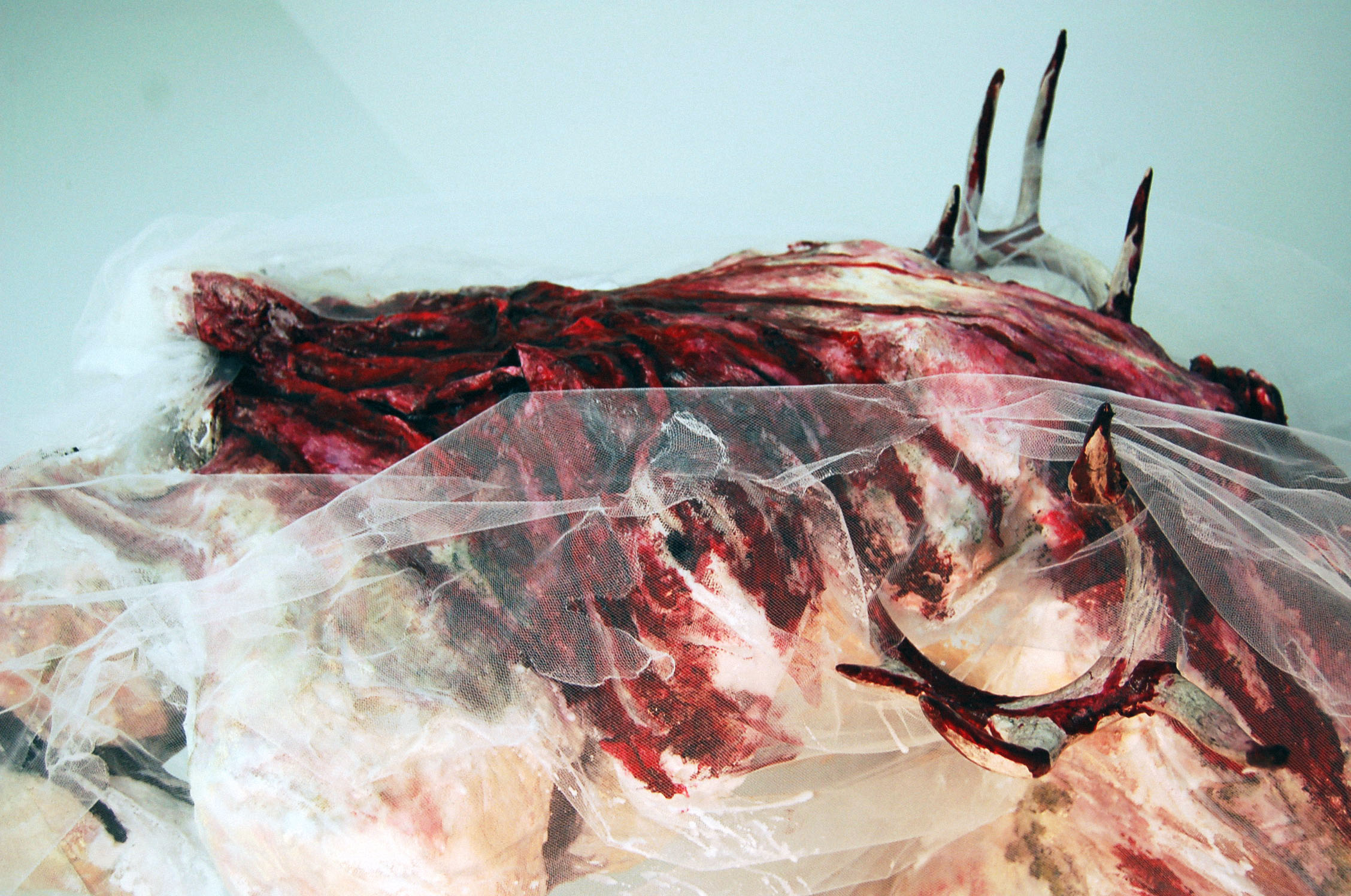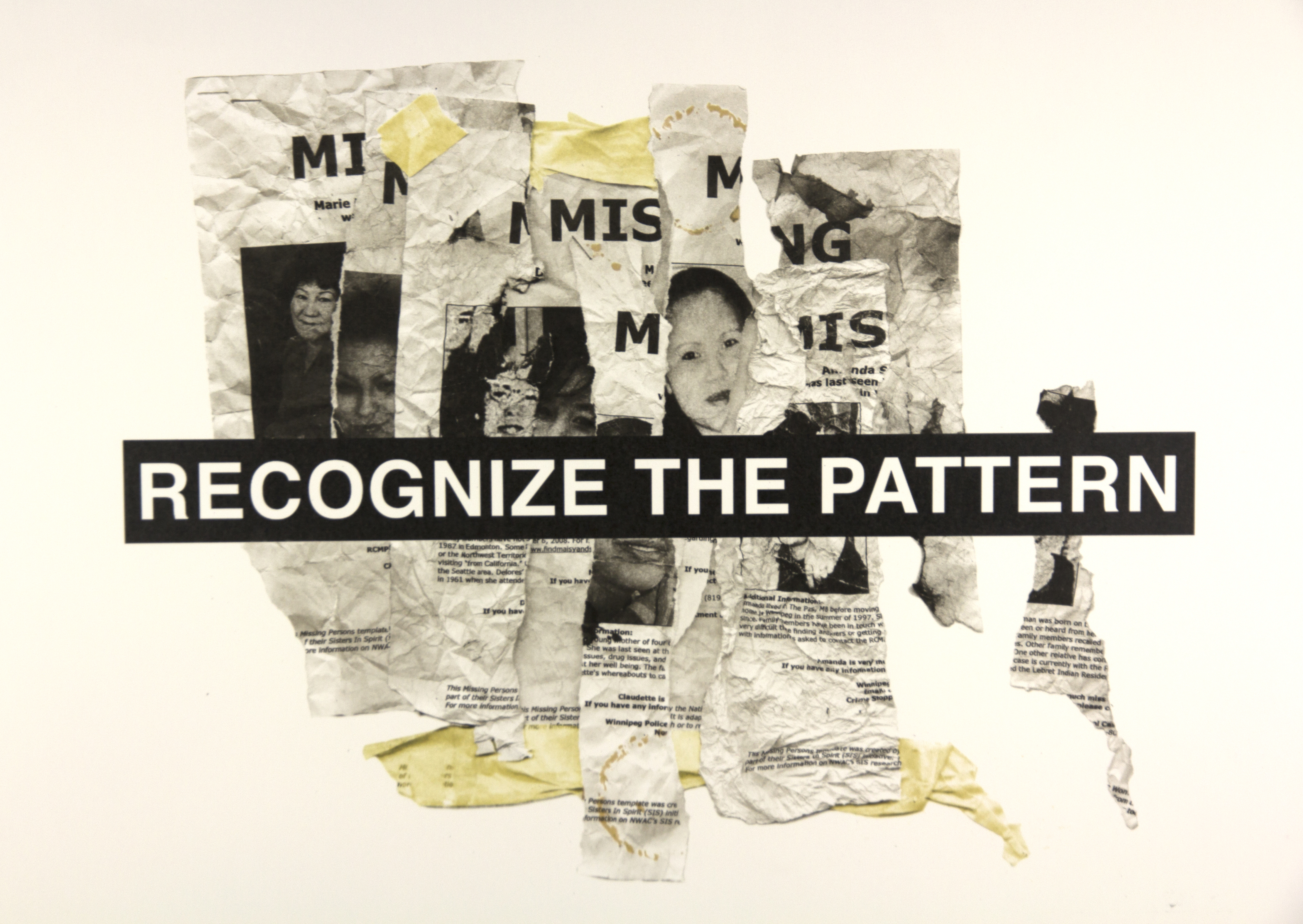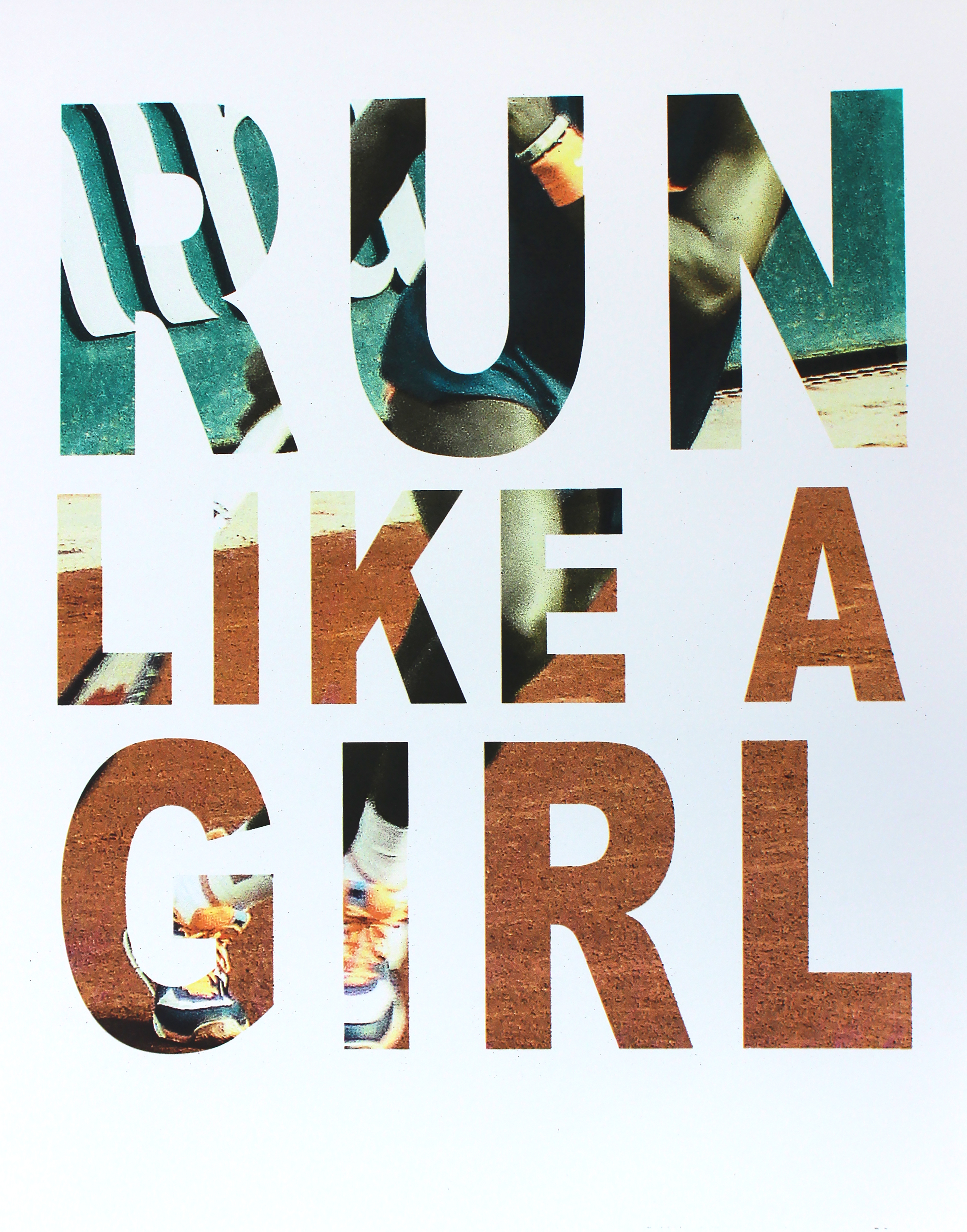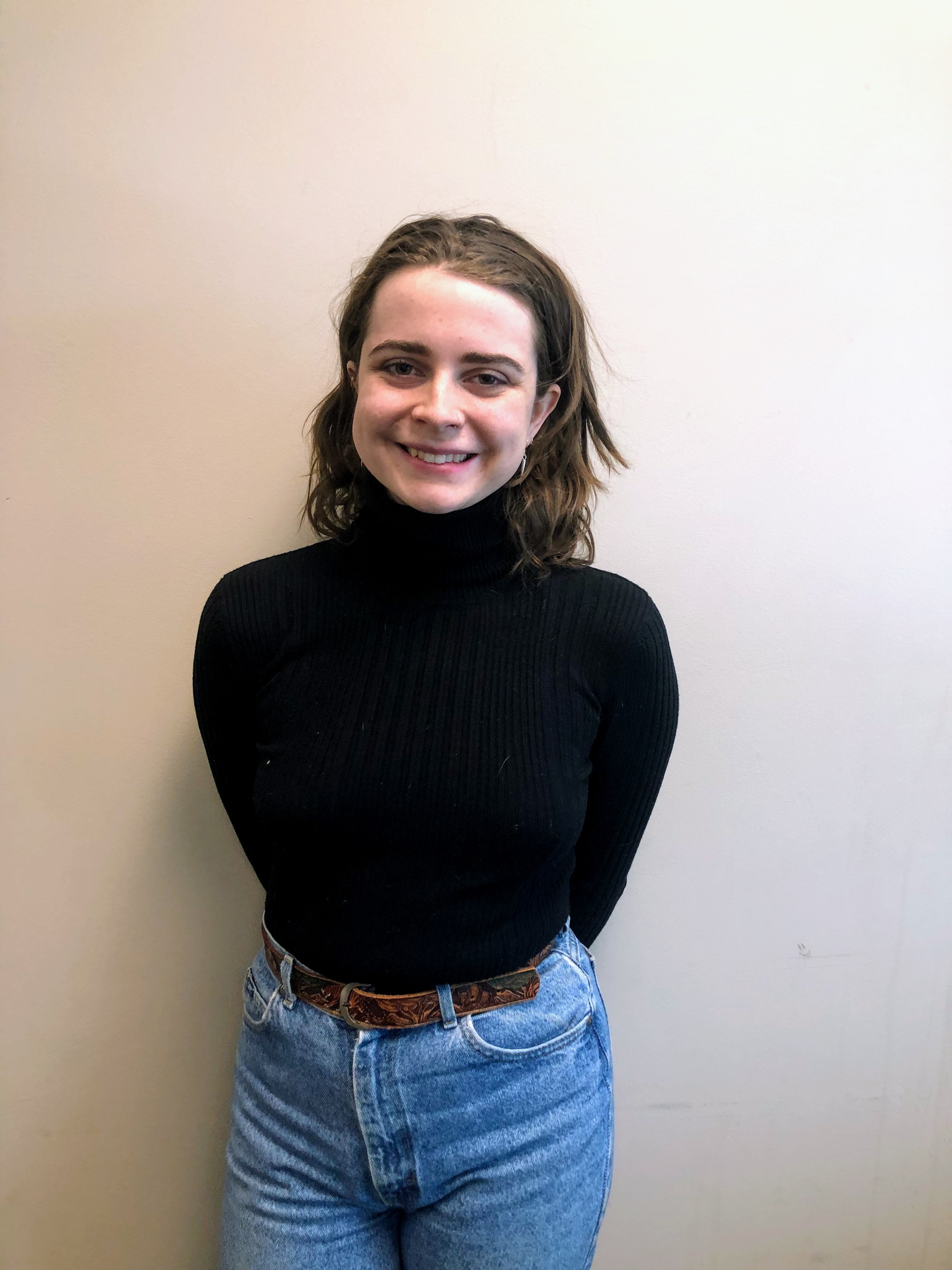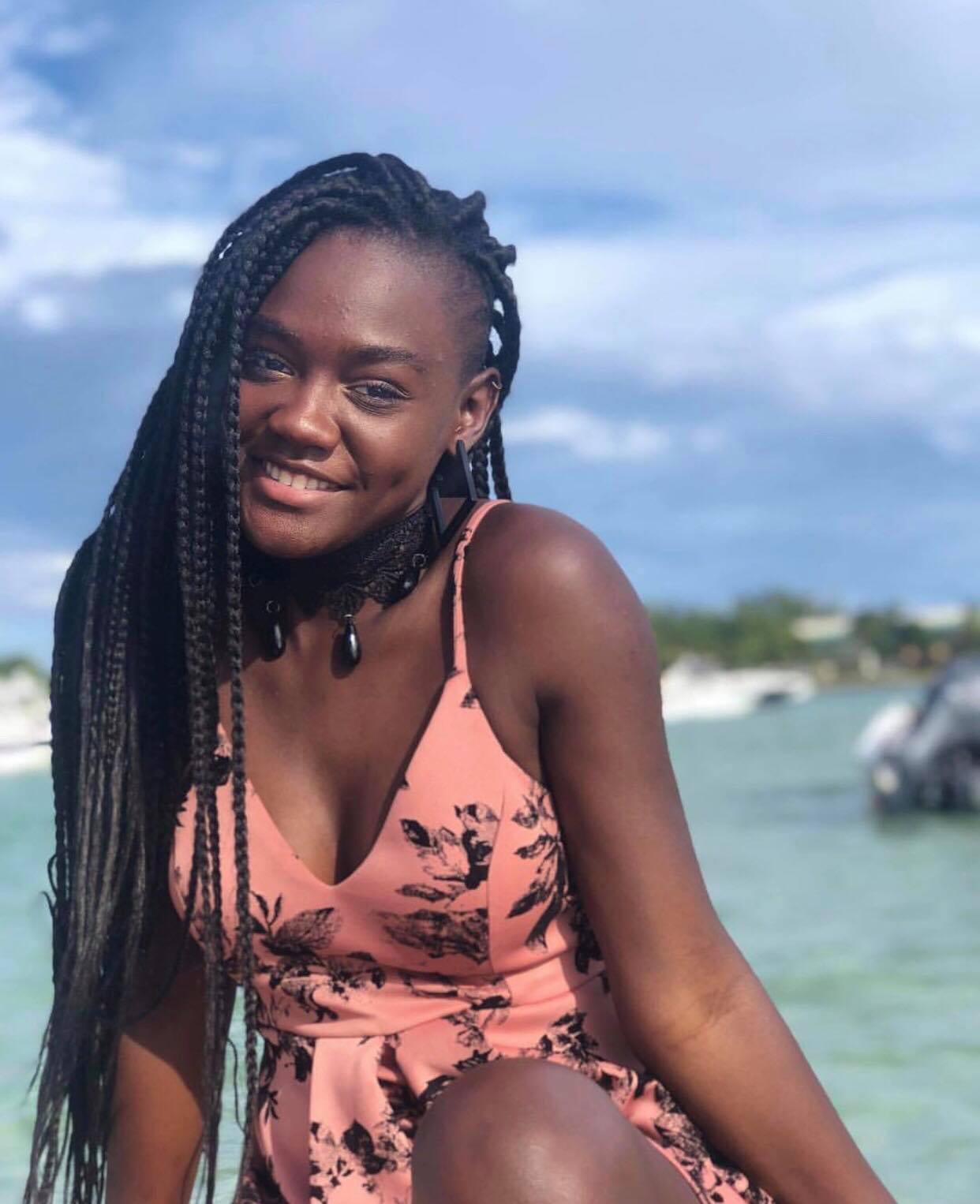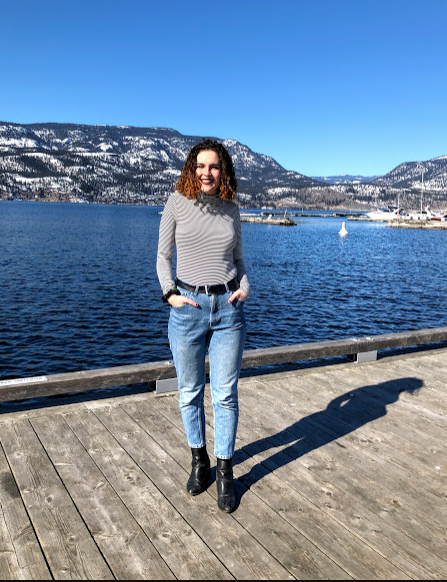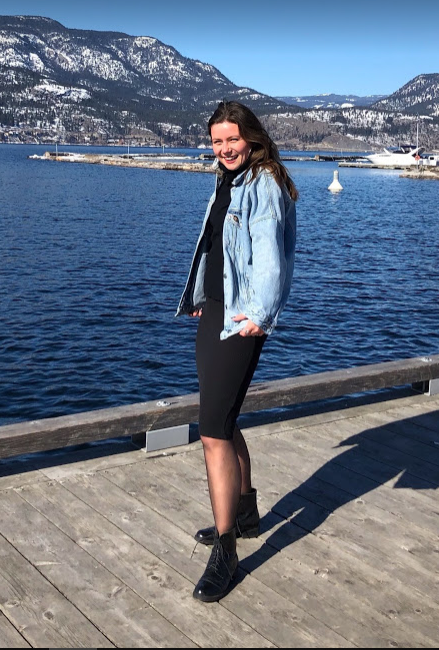Vol. 1 (2019): Body/Politics

Welcome!
I am so excited to have you join us.
That’s What [We] Said was conceptualized in September 2018. After months of meeting, careful decision making, and lots of resourcing, we have finally made this journal a reality! Our title, “That’s What [We] Said,” plays on the phrase “That’s What She Said,” a common expression used to denigrate female speech. “We” is the provisional replacement of the commonly used “she” in the phrase, illustrating our desire to challenge stereotypes and assumptions that surround gender studies. Our name is an act of reclamation.
We are a collective that seeks to deconstruct stereotypes, assumptions, and boundaries about gender, women, biology, bodies, race, sexuality, geography, religion, nationality, identity, and everything in between. We acknowledge and draw attention to the unceded Syilx Okanagan territories that we write and publish from.
The mission of That’s What [We] Said is to challenge social norms, facilitate a creative platform for an intersectional feminist discourse, and offer an approachable commentary. We believe that one of the strong suits of the Gender and Women's Studies program is that it is accessible across disciplines. We seek to amplify the voices of people from various backgrounds and to provide them with a space to be critical and creative. In so doing, we hope to deepen our connections with one another, acknowledging that community counters isolation.
This first edition is titled Body/Politics. Each written submission is from an editor and reflects a different commentary on the body and or/politic(s). “Body politics” refers to both the systemic regulation of bodies, the uneven decision making by those with power sustained through culture (Griffin); as well as “politic,” a political collective (OED, “body politic”).
This edition kicks off with Stephanie Awotwi-Pratt’s collection of poetry, followed by our featured artists: Moozhan Ahmadzadegan and Ari Sparks. The article section starts off with a critique of dress codes by Claire Feasby. Kenya Gutteridge then undertakes a close reading of Mad Max: Fury Road. Allison Brown analyzes constructions of the body politic and suggests how it can be rethought. Radia Mbengue follows with an article on reproductive exploitation and the black woman’s body. Wrapping up this edition is Tayana Simpson’s article on the body as a site of struggle in politics.
I hope you can learn and ask questions with us. As part of an open source platform, we seek accessibility and hope that our journal is applicable to daily lives and academic scholarship. We know that feminism is not limited to one realm of society but rather takes place in all areas.
This journal would not be made possible without the help and guidance from the faculty at the University of British Columbia Okanagan Campus, including Lori Walter, the Scholarly Communication Librarian at The University of British Columbia Okanagan Campus; and Alison Conway, Professor of English and Gender and Women’s Studies. Acknowledgements are also due to Matthew Brown, who designed the That’s What [We] Said Logo. Thank you. And thank you, reader, for journeying with us. I hope you enjoy the journal as much as we do.
Cheers,
Christine Fedusiak
Editorial staff
Christine is a second-year student pursuing her Bachelor of Arts in Gender and Women’s Studies at the University of British Columbia Okanagan. She previously worked as a birth and postpartum doula in Vancouver. Christine is passionate about reproductive healthcare and loves to knit.
Griffin, Gabriele. "body politics." A Dictionary of Gender Studies. Oxford University Press, January 01, 2017. Oxford Reference. Date Accessed 17 Feb. 2019
"body politic, n." OED Online, Oxford University Press, December 2018, www.oed.com/view/Entry/273303. Accessed 17 February 2019.

